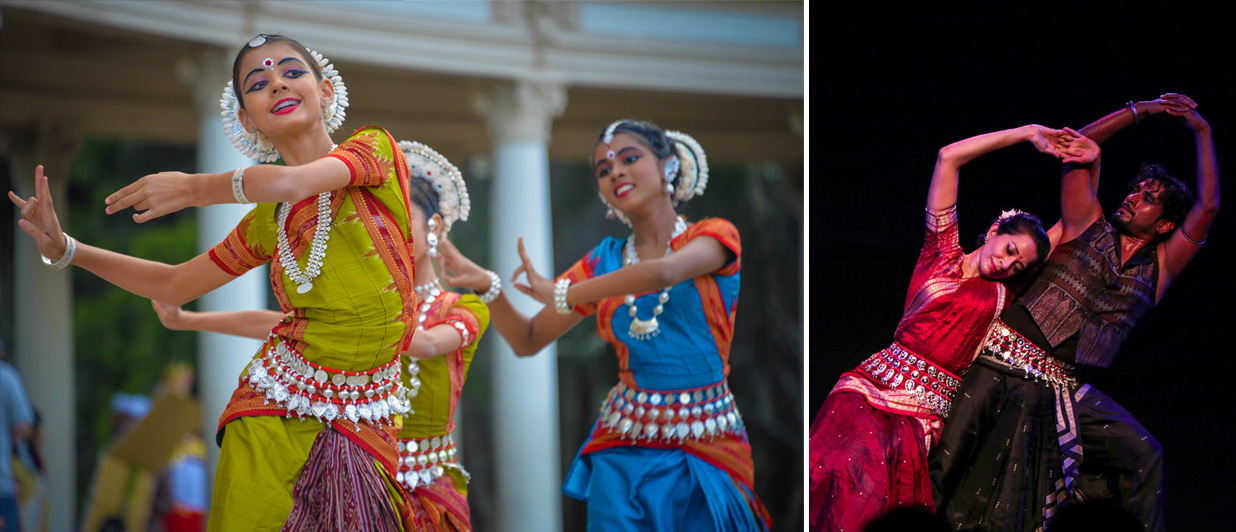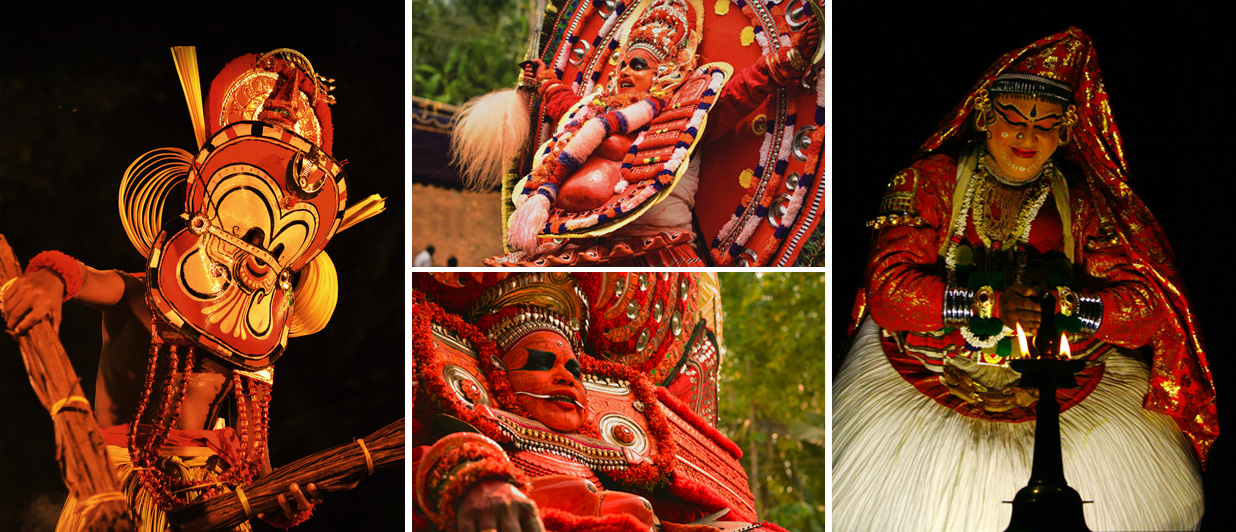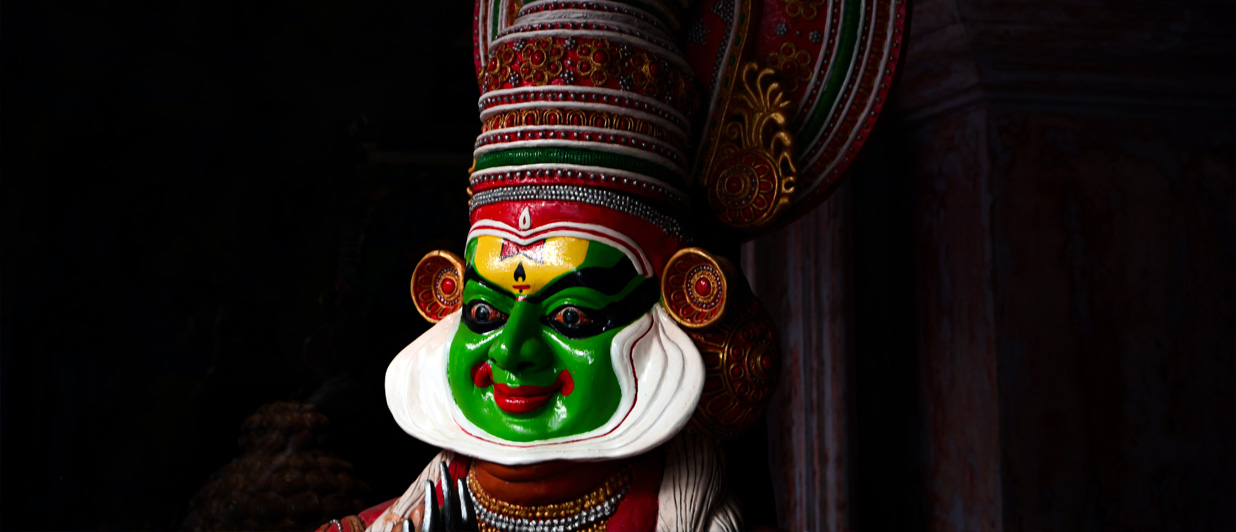The Drama, Story, Colour And Beauty Of Indian Dances
Indian culture is not just limited to its food, festivals and architecture, witness a classical dance performance and you will be introduced to a world of folklore, mythological stories and diversity. Ancient texts of Natya Shastra consist of around 6,000 poems describing the foundations of music, dance, and literature.
Apart from Indian classical dances, various folk dances are practiced in the rural areas and performed during religious or seasonal festivals. It is close to impossible to list all the eminent dance forms given the diversity of India, but here are the five most opulent ancient dance forms that you can enjoy as you discover the vibrant Indian landscape.
Bharatanatyam
Bharata Natyam originated in the temples and courts of southern India. Later it was documented as a performing art in the 19th century by four brothers known as the Tanjore Quartet (musicians). Their musical compositions are used for Bharata Natyam dance repertoire even today.
One of the oldest dance forms, it uses a blend of hand gestures, conscientious facial expressions and rhythmic footwork. With cymbals creating beautiful music, the grace and beauty of Bharatanatyam is an enchanting sight.

Chhau
Predominantly seen in the states of Odisha and Jharkand, Chau is a popular tribal dance form that originated in the Purulia district in West Bengal and its movements are inspired from martial arts and combative training.
Like most Indian dance forms, it relays stories from Mahabharata and Ramayana where dancers wear extravagant masks and headgears. Chau received royal patronage by royal families and British governors in the olden days. It uses three main instruments for music namely Dhol, Shehnai and Dhamsa (percussion instrument and Indian clarinets).
This 800 year-old dance is performed by passionate artists who now incorporate new energy and influences to keep the tradition alive.

Dandiya
Dandiya is the most important dance of Navratri evenings in Gujarat and enjoyed all over India. An idolization of nari-shakti, the dandiya epitomizes the victory of good over evil. It is a very simple dance and is performed by a group who move in circles to measure steps, marking time by sticks called dandiya. The sticks of the dance represent the sword of Durga.
Varied coloured sticks, beautiful traditional costumes comprising of ballooned skirts and ornate blouses embellished with lovely embroidery and mirror craft, eye-catching accessories, foot tapping music makes it truly mesmerising.
Dandiya is performed by both men and women after the ritual of ‘Aarti’, during Navratri evenings.
Dumhal and Rouff of Jammu and Kashmir
Dance and music bring people closer, and Kashmir holds its own stunning forms. Their devotional dance form is known as Dumhal performed with a colourful attire and conical caps. Mainly performed by males of the Wattal tribe this stunning dance is a part of special occasions in Kashmir.
Rouff is a much loved customary dance of Kashmir performed by women during Eid, Ramzan and onset of spring. It has been an element of Kashmiri life since primeval times and is known for its delicate and intricate footwork. Rouff is practiced with mystical music laden with poetry and truly brings out the Kashmiri culture.
Kathak (Northern India)
Derived from the Sanskrit word Katha (Story) this dance form narrates a story through expressions and body movements.
It was during the Mughal era that Kathak received royal patronage and was performed in the courts to entertain the royal family and guests. Kathak has three main schools called ‘Gharanas’ which have their own unique style and instruments. The popular ‘Gharanas’ include Lucknow, Banaras and Uttar Pradesh. The three main pillars of Kathak are balance, pose and control. The main focus is the flawless foot movement performed with ankle bells well-controlled by the dancer.
The elegance, flamboyance and intimate nature of Kathak, makes it one of the most graceful dance forms of India.
Kathakali
Kathakali or ‘story play’ took shape in Kerala in Southern India in the 17th century under the patronage of the prince of Karnataka, who wrote plays for performance drawn from the epic Ramayana in Malayalam, the language of the region. Stories from the Ramayana and Mahabharata provide the content of most Kathakali plays, which have come down to us in a steady stream over three centuries.
With elaborate headdresses, curious eye movements, a large billowing skirt for male characters, painted faces and swift martial art moves, Kathakali adds a unique flavour to the Indian dance forms. The performance in a Kathakali play is completely speechless: the ‘libretto’ is sung by two singers on the stage who keep time on gong and cymbals, while a pair of drummers also on the stage play the Chenda. Due to the complex movements, it takes perseverance and passion to master this dance form.








